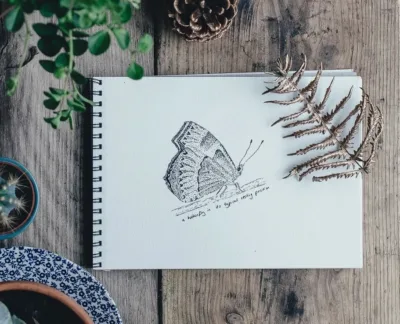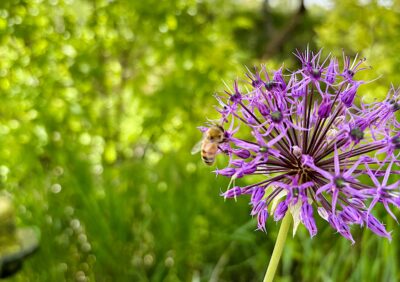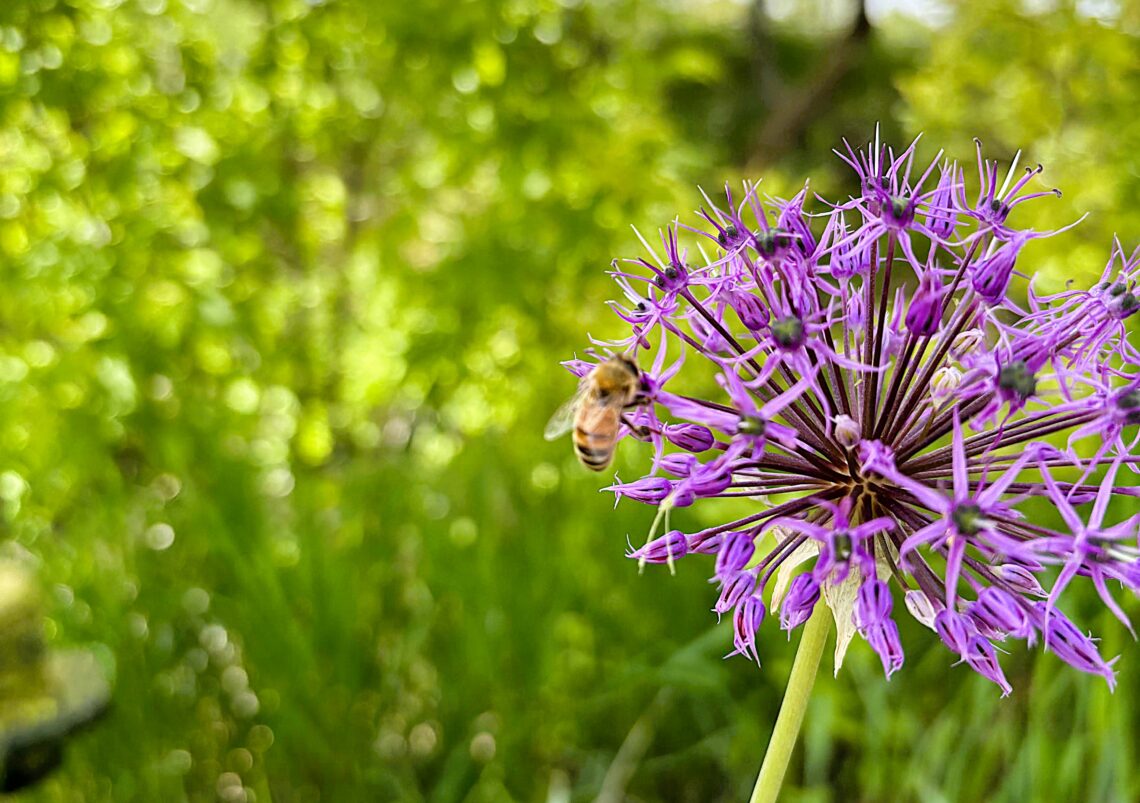
Getting Started with Bees for Beginners
Hello, bee lovers! Welcome to my very first “Bee Wednesday”! If you’ve been curious about beekeeping, you’re in the right place! Today, I’ll walk you through the basics of getting started with bees, focusing on the essentials for beginners.
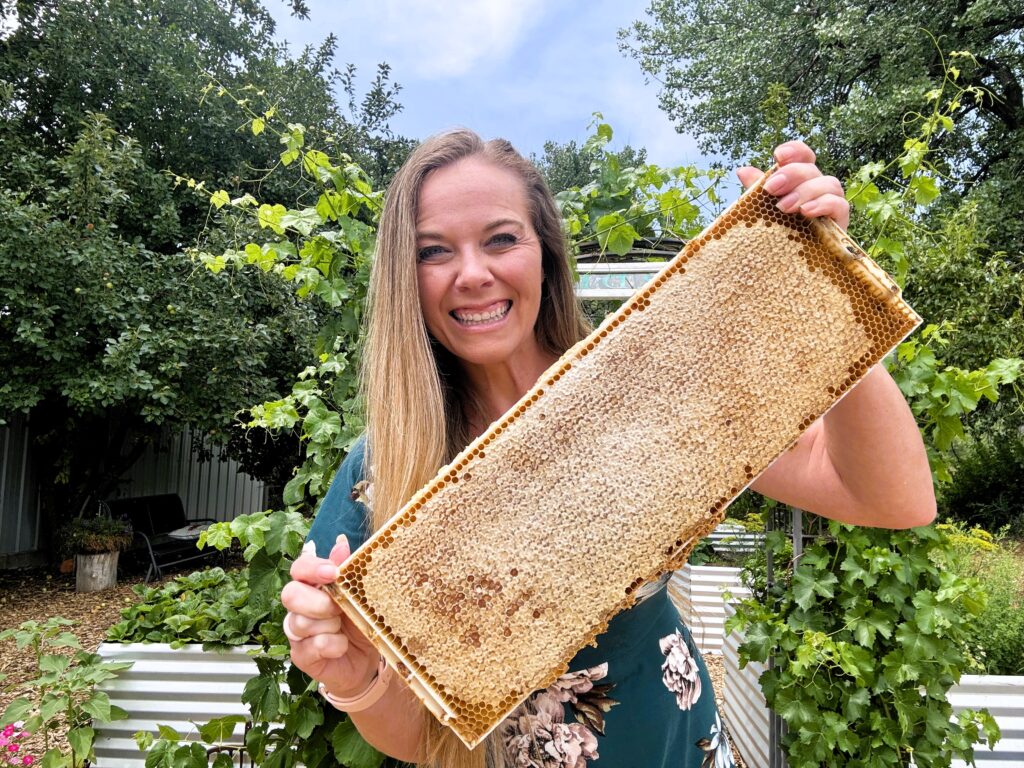
Why Beekeeping?
Beekeeping isn’t just about collecting honey; it’s a commitment to environmental stewardship, ensuring pollination for your garden, and maybe even enjoying some of that golden goodness! Plus, it’s an amazing way to connect with nature in a unique way, much like my adventures with my chickens.
Supplies You’ll Need:
- Beehive: I recommend starting with a Langstroth hive for its popularity and ease of use. You can buy assembled ones or, if you’re crafty, consider building your own.
- Frames: These can be wood or plastic, with or without foundation. I have a mix of both wooden and plastic!
- Protective Gear: A bee suit, gloves, and a veil are crucial. It can be as simple as a white sweatshirt, hat, and gloves.
- Smoker: This tool calms the bees, making your hive inspections less chaotic.
- Hive Tool: Think of this as your all-purpose beekeeping wrench for prying frames apart or scraping off propolis.
- Feeder: Especially important in the first year or during harsh winters. I’ve used simple syrup feeders right by the hive entrance.
Check out my Amazon Storefront for a full list of Beekeeping items.
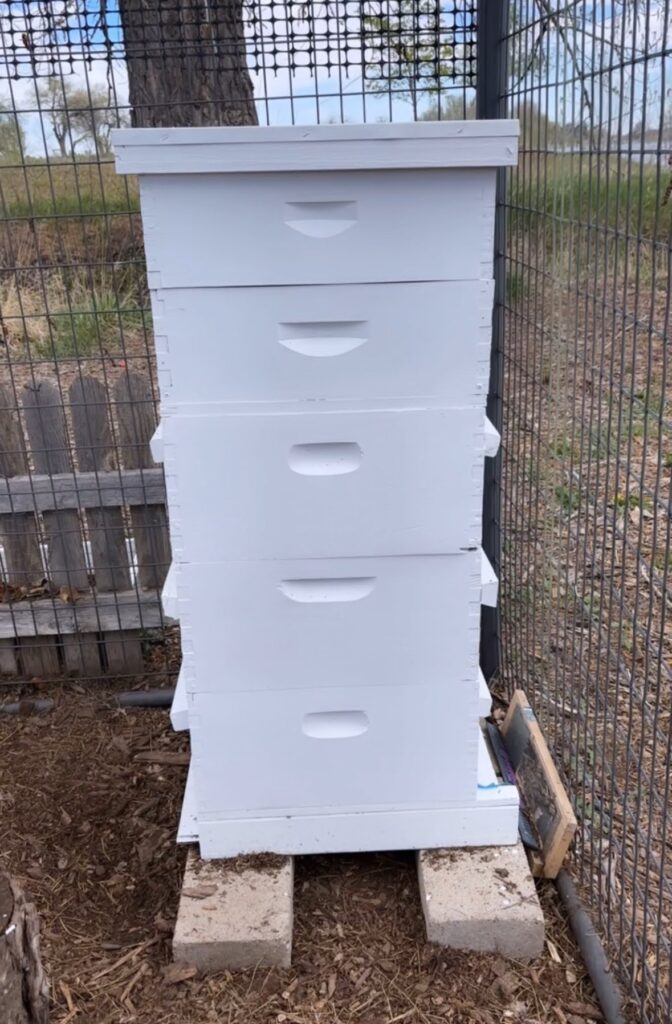
Choosing Your Hive Location:
Location is key for both your bees’ health and your convenience. Here’s where I decided to place my hive:
- In My Chicken Coop: Yes, you read that right! My hive is in the chicken coop. This setup not only conserves space but also benefits from the natural symbiosis between bees and chickens. My chickens help control hive pests like wax moths and mites, while the bees pollinate the garden that feeds both my chickens and the bees. Make sure there’s enough space for both species to thrive, with bees having clear flight paths and the coop providing a calm environment.
- General Tips:
- Sun Exposure: Place your hive where it gets morning sun, which helps the bees start their day early.
- Avoid Wind: Shelter your hive from harsh winds but ensure good air circulation to prevent overheating.
- Water Source: Bees need water, so have a nearby source, or they’ll find one themselves, which might not be where you want!
Getting Your Bees:
- Package Bees or Nuc: Beginners should consider starting with a package of bees or a nucleus hive (nuc) from a local beekeeper. This helps your bees adapt to your local climate.
I went with a local bee company and ordered a Nuc which I feel is a great option for beginners!
A package of bees is a box of bees and a queen, while a nucleus hive is a mini colony with frames of bees, a queen, and brood.
Final Tips for Beginners:
- Education: Read up on bee biology, hive management, and local beekeeping practices. There’s always something new to learn! Youtube is also a great resource!
- Community: Connect with local beekeepers. They’re a wealth of knowledge and often eager to help newbies like you and me. Most places offers a beginner beekeeping class!
- Patience: Beekeeping is a learning curve. Your first year might not yield much honey, but it will be rich with experience.
I’m excited to share my bee journey! I hope you will join me every Wednesday for Bee Wednesday! Stay tuned for more tips, tricks, and tales from my hive.
Happy Beekeeping,

Related posts:
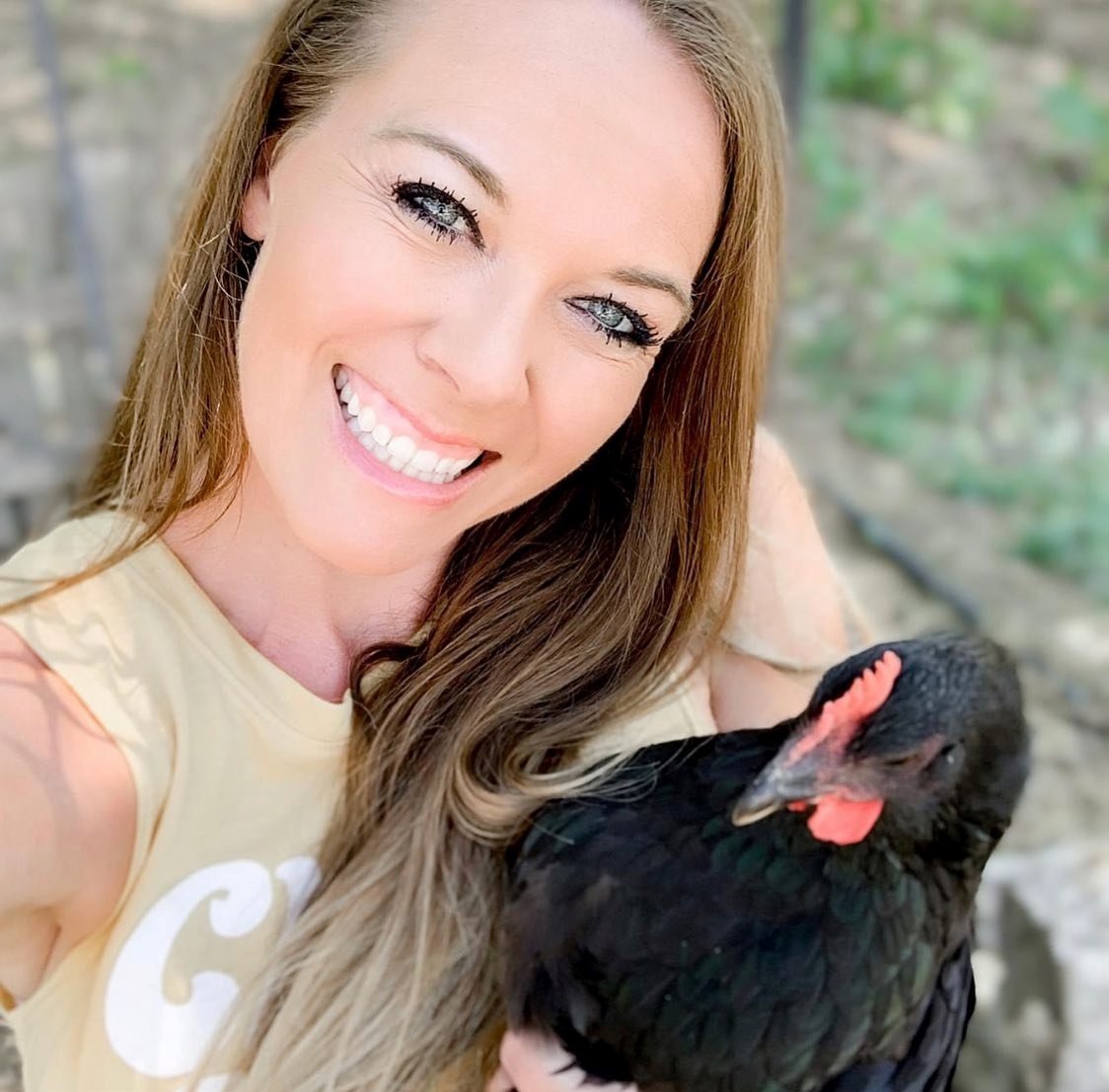
Hi!! I’m Kristin McConnell, I am so glad you are here! I am a wife to my amazing husband and a Mom of two fabulous kids. I love gardening, raising chickens, bee keeping and baking sourdough bread!

